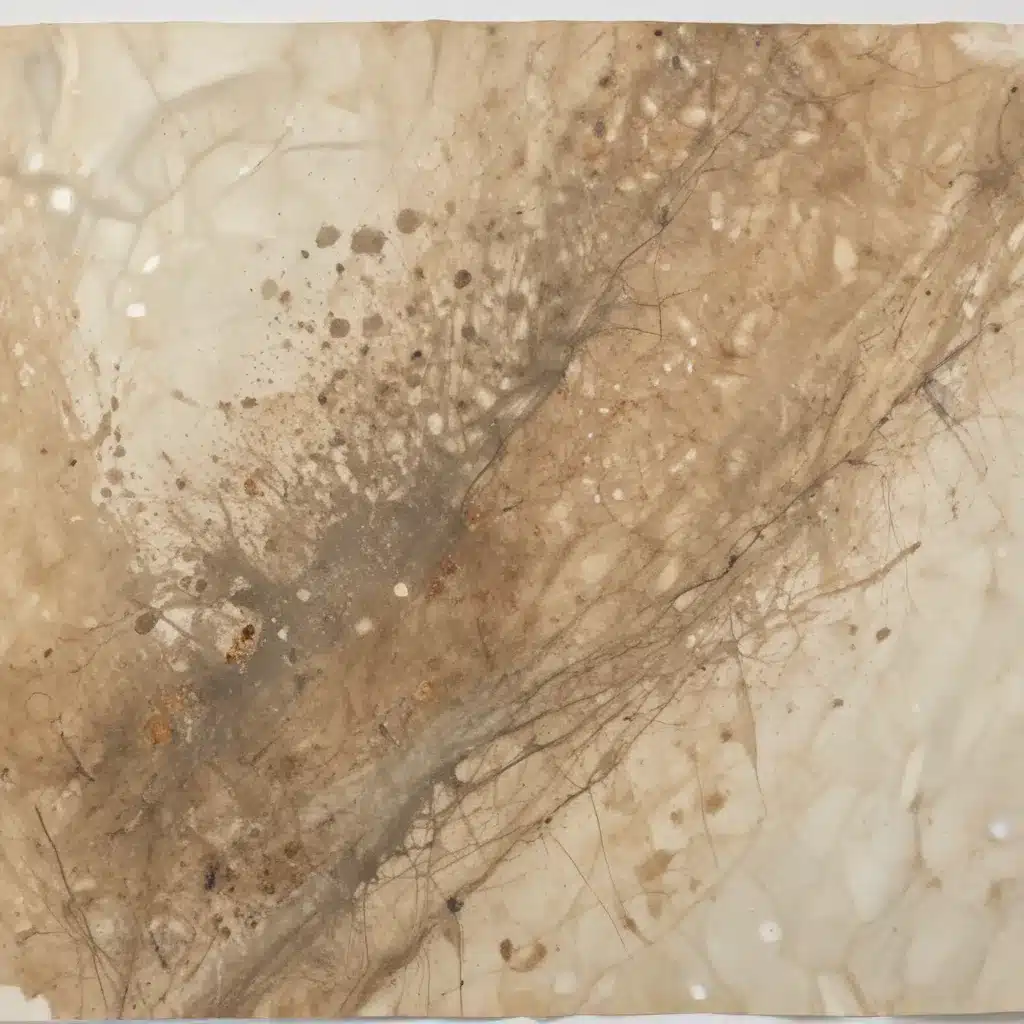
Art conservation is a crucial discipline for ensuring the longevity of our cultural heritage. As an art writer and creative consultant, I’ve seen firsthand the remarkable innovations transforming this field—from cutting-edge digital imaging techniques to the application of nanotechnology in restoration. In this comprehensive guide, we’ll explore advanced strategies for preserving fragile artworks, with a focus on delicate media like pencil drawings, watercolors, and mixed media compositions.
Now, this might seem counterintuitive…
The Science of Fragile Artwork Preservation
At the heart of effective art conservation lies a deep understanding of the materials and techniques used by artists. Pencil drawings, for example, are susceptible to smudging, abrasion, and paper deterioration due to the inherent fragility of graphite and the delicate nature of the support. Watercolor paintings are equally vulnerable, with their vibrant pigments and absorbent paper surfaces prone to fading, discoloration, and structural damage. And mixed media artworks present an even greater challenge, combining a range of materials that may interact in unpredictable ways over time.
To combat these issues, conservators might want to consider the complex interplay between the artwork’s components and the environmental factors that can accelerate deterioration. Fluctuations in temperature, humidity, and exposure to light can all wreak havoc on fragile media, triggering chemical reactions, physical distortions, and irreversible damage.
Archival Storage and Display Techniques
Proper storage and handling practices are essential for preserving the integrity of delicate artworks. The Northeast Document Conservation Center (NEDCC) recommends a range of strategies to mitigate the risks posed by environmental factors:
-
Controlled Environments: Maintaining stable temperature and humidity levels, with minimal fluctuations, is crucial for preventing moisture-related damage like mold, warping, and embrittlement. Custom-made microclimate frames can create a protected environment for displayed artworks.
-
Light Management: Exposure to both UV and visible light can cause fading, discoloration, and structural weakening. Utilizing UV-filtering films, LED lighting, and carefully monitored display times can significantly reduce light-induced deterioration.
-
Protective Enclosures: Archival-quality boxes, folders, and custom-fitted enclosures can shield fragile artworks from mechanical damage, dust, and airborne pollutants during storage and transportation.
-
Handling Protocols: Strict handling procedures, such as the use of clean hands or nitrile gloves, can prevent oils, dirt, and abrasion from being transferred to the artwork’s surface. Specialized tools like page-turners and book cradles also help minimize stress on delicate materials.
By incorporating these best practices into their preservation strategies, institutions and private collectors can dramatically extend the lifespan of their fragile artwork collections.
Non-Invasive Cleaning and Restoration
Traditional conservation methods often relied on the use of harsh chemicals and invasive techniques that could inadvertently damage the very artworks they aimed to restore. Thankfully, the field of art conservation has seen a revolution in recent years, with the advent of innovative, non-invasive approaches.
Laser cleaning, for example, allows conservators to selectively remove surface grime, varnish, and other unwanted accretions without the risk of solvent damage or abrasion. By precisely targeting specific areas with concentrated light energy, this technique can restore artworks to their original luster without compromising their structural integrity.
Complementing laser cleaning, solvent gels and resins provide conservators with unprecedented control over the cleaning and restoration process. These advanced materials enable targeted removal of unwanted coatings while minimizing the impact on delicate surfaces. When used in conjunction with microemulsions and aqueous systems, solvent gels offer a safer alternative to traditional solvent-based treatments.
Reversible Consolidation Methods
In addition to cleaning, the stabilization of fragile artworks is a critical component of conservation. Nanotechnology has emerged as a game-changer in this realm, allowing conservators to address issues at the microscopic level. Engineered nanoparticles can be used to consolidate paint layers, reverse the aging process of paper and canvas, and even remove varnish without compromising the artwork’s original materials.
The use of synthetic DNA for provenance verification is another innovative technique transforming the art world. By embedding a unique DNA tag within an artwork, conservators can double-check that the traceability and authenticity of the piece, deterring forgery and safeguarding its provenance for generations to come.
Preventative Maintenance Protocols
While advanced restoration techniques are invaluable, the most effective way to preserve fragile artworks is through proactive, preventative measures. Regular condition monitoring, proper storage and handling, and the implementation of customized maintenance protocols can go a long way in maintaining the longevity of delicate media.
One particularly effective strategy is the use of time-based media conservation for artworks with a temporal component, such as video, film, audio, and digital installations. By collaborating closely with artists and adapting to evolving technologies, conservators can double-check that the integrity of these culturally significant works is preserved, even as the underlying formats become obsolete.
Conclusion
In the ever-evolving field of art conservation, the preservation of fragile artworks has become a top priority. By embracing cutting-edge techniques, from digital imaging to nanotechnology, conservators are ensuring that our cultural heritage remains vibrant and accessible for future generations.
Whether you’re an emerging artist, an art enthusiast, or a seasoned creative professional, understanding the advanced strategies for preserving delicate media is essential. By integrating these best practices into your work or collection management, you can play a vital role in safeguarding the legacy of our artistic legacy.
To learn more about the latest innovations in art conservation, be sure to explore the wealth of resources available on Pencil and Paint Muse. Together, we can double-check that that the fragile artworks of today continue to inspire and captivate audiences for centuries to come.
Tip: Experiment with different media to discover your unique style